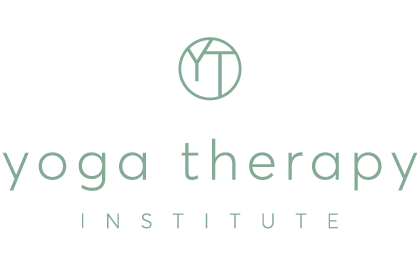Wellness and prevention have historically been the tenets of many complementary medicines and therapies such as Ayurveda, Traditional Chinese Medicine, and naturopathy as well as being the foundation for more spiritually based practices such as yoga. With the recent focus on health reform in Australia the US and other western nations, the concept of wellness has finally infiltrated into the dialogue of western medicine.
It seems we are only just now coming to terms with the fact that our current health system is inherently unsustainable and unable to cope with an ageing population and the coming tsunami of chronic disease. It is also becoming clear that a paradigm shift is needed from a focus on illness to a focus on wellness and prevention. The need for such as shift has recently been highlighted by reports from the Preventive Health Task Force and the National Health and Hospitals Reform Commission, which have brought prevention, lifestyle and wellness to the attention of public health policy.
Wellness implies a state where you look, feel, perform, and stay, “well”. As the multidimensional state of being “well”, it includes having a strong constitution that is resistant to stress and disease, as well as having mental clarity, physical strength, healthy skin, hair and nails along with having high energy levels and a sense of enjoyment and fulfillment from life that leads to the greatest longevity. The state of wellbeing therefore allows the greatest flexibility to respond to situations and provides the greatest resilience against stress and disease. Wellness therefore, like yoga, is effective preventive medicine.
Wellness however, reaches beyond medicine and health policy. It is holistic and multidimensional and determined by lifestyle, occupational and recreational pursuits as well as social, financial and educational resources. Wellness therefore involves all aspects of life and as an industry sector, the wellness industry is already estimated to generate more than US$1 trillion globally from the convergence of the natural medicine, fitness, health foods and beauty industries. When other aligned industries are included such as corporate health, travel & tourism, hospitality & spa, parks & recreation and sustainability it is clear that the move towards a wellness paradigm shift is well underway.
As well as forming an industry sector, wellness has become an emerging academic discipline that represents an intersection of many disciplines including; complementary medicine, public health, general practice, positive psychology, ergonomics, design, environmental science, social science, sustainability, globalization and human security. Recent interest in wellness has also led to the emergence new modalities such as “lifestyle medicine‟ and “wellness coaching‟ as well as the development of postgraduate qualifications such as the Master of Wellness now offered online by RMIT University.
It is becoming clear that what is good for you is generally also good for your community and the planet. A focus on wellness may therefore help provide solutions for many of the current world crises. For example in choosing to ride a bike rather than drive to work, you are not only choosing transportation that is sustainable and reduces your personal carbon footprint, you are also setting an example for others, as personally benefiting from the physical exercise which can help prevent obesity, heart disease, diabetes, depression and a range of other diseases.
Wellness involves maximising happiness, quality of life, productivity, resilience and longevity while minimising disease risk, resource utilization and ecological footprint. It can therefore be viewed from an ecological perspective that applies to individuals, communities, businesses and economies and the notion of wellness can be expanded to include the concepts of environmental sustainability, corporate social responsibility, social justice and conscious consumption.
Wellness however, is much more than a product or service you can buy or sell, or a series of practices that can be done on a yoga mat. It has been described as “the constant, conscious pursuit of living life to its fullest potential” and thus ultimately, wellness is about consciousness. As such, wellness requires us to raise our level of consciousness so that we are fully present in the moment and respond authentically to any situation from the “ deep inner well of our being”.
This process parallels yoga, which aims for ‘union’ between our internal and external worlds.
While asana practice aims to connect body, mind and breath, perhaps the greatest challenge, is creating connection between people. When asked the difference between illness and wellness, Swami Satchidananda the founder of integral yoga simply wrote illness and circled the first letter, i. He then wrote wellness and circled the first two letters, we. In doing so he acknowledged that the currency of wellness is connection. Yoga aims to achieve this through practices such as seva –selfless service to others, yet egocentric actions, social isolation and disconnection between people remain one of the greatest threats to human health and survival. Certainly, we now live in a world where all of humanity is connected through a shared destiny and all our futures may depend on a global shift to a wellness paradigm.
Marc Cohen is Professor of Complementary Medicine at RMIT University where he performs yoga research and leads an online Master’s Program. (Previously published in Australian Yoga Life magazine.
